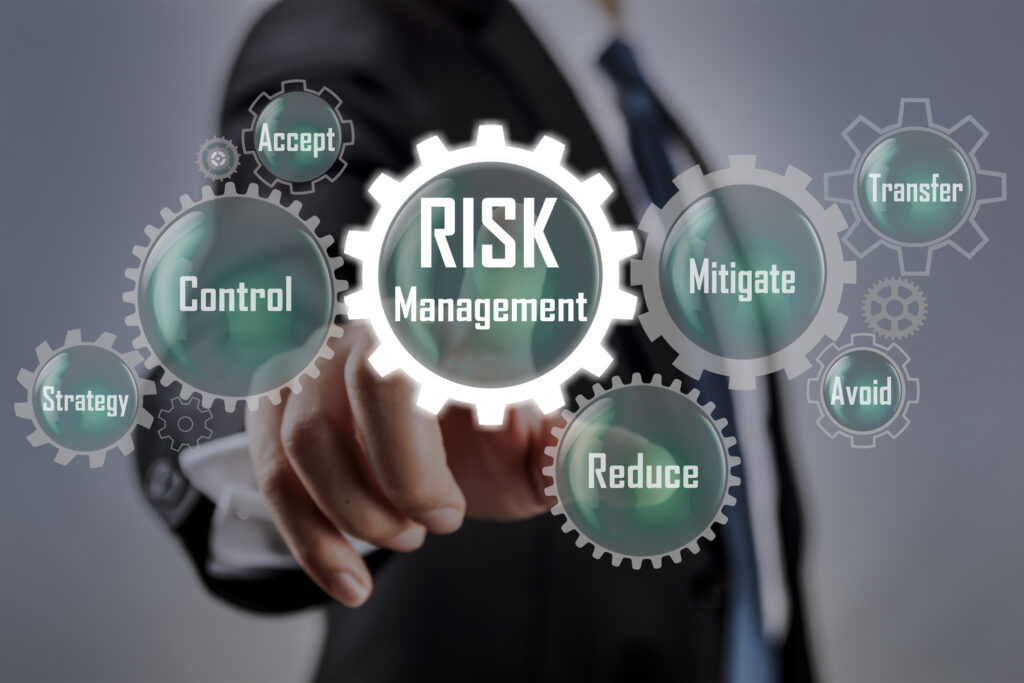
To Succeed in Investing, We Must Manage Risk Well
To live life more fully, we all must accept, and even embrace risk, and to succeed in investing, we must manage risk.
The most fulfilling parts of our lives are full of risk, but generally worth pursuing. Our adventures, and even our responsibilities are risky, but both can be very rewarding as long as we aren’t reckless. Even flying our family to a vacation spot involves a degree of risk.
Yet for every worthwhile risk, there is a risk that’s simply foolish. Think of your competitive or pleasurable pursuits. Whether speed is your passion or traveling to far-off destinations moves your needle, you’ve no doubt learned how to prepare yourself to compete or play another day. While we all seek fulfillment, we must manage our risks — judiciously embracing some and avoiding others.
To Succeed in Investing, We Must Manage Risk First
Investing is about managing risks. That may sound odd to those who believe successful investing means nothing more than a knack for spotting and bravely jumping into promising opportunities. Every year, names move on and off the Forbes 400 list of wealthiest people due to some risk(s) taken or avoided.
In the investment world, risk exposures are necessary and the skills to measure and manage them are indispensable. Risk after all, is the key that opens the door to opportunity or spells disaster. So you must recognize that returns are your reward for putting your capital at risk thoughtfully or the price you pay for the opposite.
To Succeed in Investing, We Must Manage Risk Intelligently
Successful investing, then, hinges on your recognition and understanding of risk and your ability to separate the risks that are worthwhile for you to take from those that aren’t. So risk analysis and management is a core part of managing your investment portfolio. It’s a complex process that begins with a survey of your risk exposures, many of them difficult for you to see because you are not trained to recognize them.
Your risk exposures are both “internal risks,” which result from your own behavior and circumstances, and “external risks,” which arise from the markets, tax exposures, government policies, global events, and a host of other factors.
Most of us are exposed to at least 15 different external investment risks, such as:
- Single-security risk ‒ the chance that a company’s management may run the company so
poorly that it is unable to grow in value or pay dividends to its shareholders. This risk is
meaningful to the investor who has wealth concentrated in a single security.
- Tax risk ‒ the chance that changes in domestic or foreign tax laws will have an adverse impact
on the value of your investments.
- Reinvestment rate risk ‒the chance that investment cash flows and returns cannot be
reinvested at your original investment’s rate of return.
These three risks account for less than a quarter of the external risks a typical investor might face. There are plenty more. One of the biggest risks, however, is investing and managing wealth without risk analysis and risk management strategies.
You might do well to think of risk as many current day extreme sports enthusiasts think about all of the variables that might cause serious injury. With risks unconsidered or ill-attended, the end result could be fatal. And so it is, in a manner of speaking, with investing.
We believe that to succeed in investing, we need to manage risk intelligently. If you would like help recognizing, understanding, and navigating the risks of investing to help improve the prospects of reaching your goals and reducing the likelihood of encountering nasty surprises, we may be able to help.